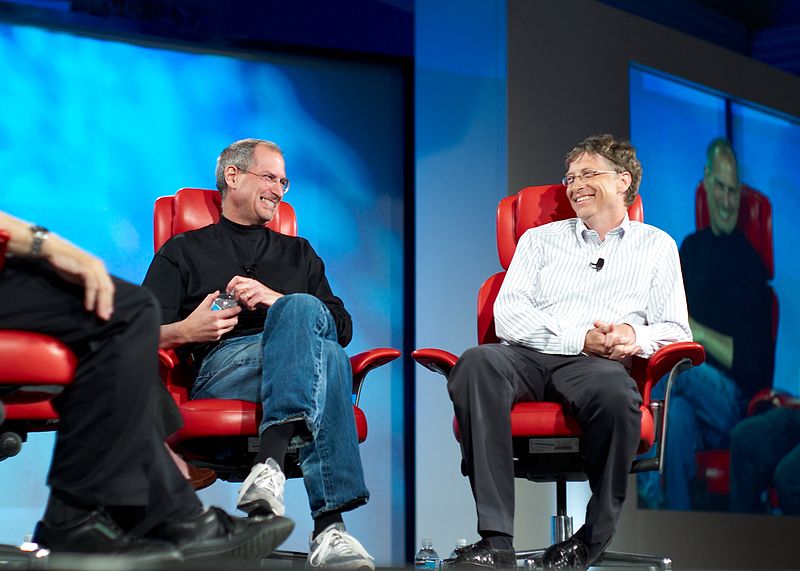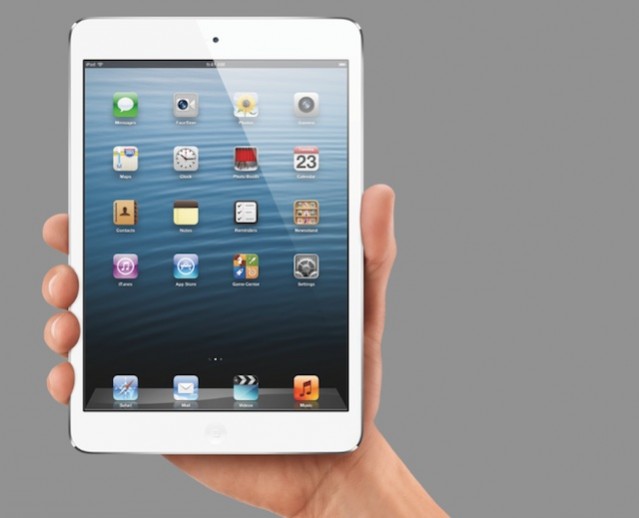“Apple lives in an ecosystem,” Steve Jobs told the 1997 MacWorld conference. “It helps other partners and it needs the help of other partners.”
A few minutes later Jobs unveiled Apple’s deal with Microsoft, much to the disgust of many of the company’s true believers in the audience – something not helped by Bill Gates appearing on video midway through the presentation.
“We have to let go of the idea that for Apple to win, Microsoft has to lose;” said Jobs after the booing died down.
I was reminded of Jobs’ and Gates’ deal when talking to Pat Gelsinger, the CEO of virtualisation software company VM Ware at their annual VM World conference in San Francisco this week.
Gelsinger was discussing the myriad deals VM Ware has made with companies that are their superficially their rivals as markets radically change. The company has even gone as far to embrace the open source Open Stack that was originally set up as competition to VM Ware’s proprietary technology.
“The idea of frenemies – or co-competition – isn’t new to the IT industry.” Said Gelsinger, “as we are in this period that we’ve called the tectonic shifts that are underway.”
“All of us need to be somewhat careful about who’s our friends and who’s our enemies as we go through that period and be as nice as we can to everybody because who’s our friends and who’s our enemies in six months or twelve months could change a whole lot.”
That lesson has been harsh in the IT industry as various unstoppable businesses have found the market has shifted rapidly against them. A process that’s accelerating as cloud computing changes the software industry.
“I always quip that ten years ago or fifteen years ago Sun would have been buying Oracle. Those shifts can occur quite rapidly,” Gelsinger says.
VM Ware itself is on the brunt of one of those shifts as its core business of creating virtual services in company’s data centres is being disrupted by cloud computing companies like Amazon, Google and – ironically – Microsoft.
Adapting to that changing market is the key task for Gelsinger and VM Ware’s management team, “our philosophy has been about doing the right thing that technology enables us to do.” Gesliner states, “do the right things for our customers and enable the ecosystem to join us on the journey.”
For companies like VM Ware and Microsoft no-one predicted that one of their biggest threats would come from an online book retailer, yet Amazon Web Services has upended the entire software industry.
The challenges for VM Ware today or Apple nearly two decades ago are being repeated in many other industries as competitors appear from unexpected directions, which is why it’s important not to ignore and sometimes co-operate with your competitors.
We shouldn’t also ignore the other main reason why companies like Apple, Microsoft and, possibly, VM Ware have survived massive market shifts over time – a deep and loyal customer base.
Understanding and responding to your customers’ needs is possibly the greatest management skill needed in every business today. Are you listening to what your market is telling you?
Paul travelled to VM World in San Francisco as a guest of VM Ware
Picture of Steve Jobs and Bill Gates via Joi Ito on Flickr
Similar posts:




